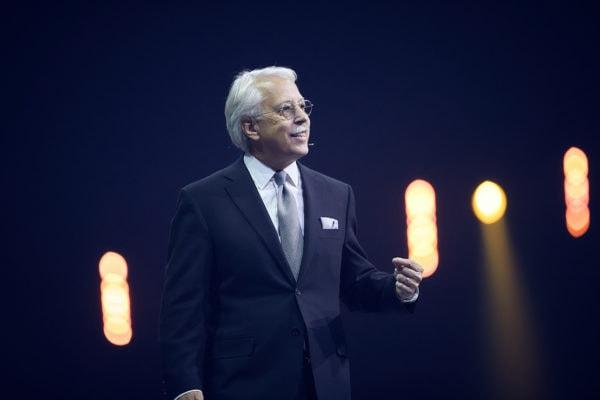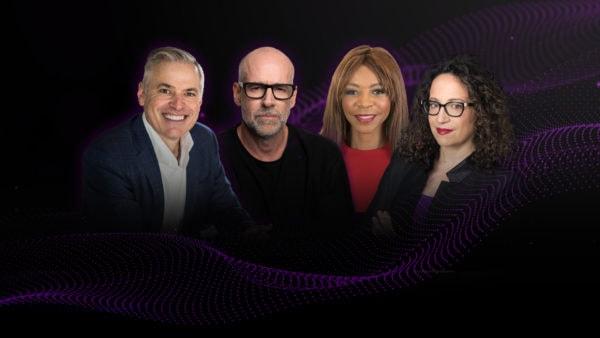6May2020
Even “if you have room to expand your innovation abilities,” it does not mean that you actually should, began Alex Osterwalder, the inventor of the business model canvas. Osterwalder started by telling the classic tale of Kodak’s fall. Although an early inventor of digital cameras, Kodak did not prepare for the eventuality of digital. Instead, they chose to keep investing in their core analog products.
Since its inception, Kodak had been innovative, but it did not innovate to future-proof or remodel their business. Kodak’s main competitor reacted to the decline of analog film differently, taking its business innovation in another direction. Rather than trying to find more ways to sell its current products, FujiFilm fought to find completely new markets to explore, based on the expertise it already had. It used its expertise to develop high-quality skincare products. Its healthcare and cosmetic product lines are now its most profitable, alongside its technology business. What Kodak missed but FujiFilm recognized is that innovation is about the future.
The Four Features of an Invincible Company
Osterwald then turned to the audience, asking them to define what they thought were the key “characteristics of an invincible company.” After some discussion amongst the audience, Osterwald labeled the four key elements that indicate if a company is invincible:
1. Culture: innovation and execution; live in harmony
2. Leadership understands and supports innovation
3. Organizational design gives innovation power to act
4. Innovation teams exhibit world-class Innovation practices.
Basically, corporate culture, defined here as “the values, beliefs, and behaviors practiced in organizations,” needs to ensure there is an appropriate working culture for innovation.
1. Innovation and Execution Culture
In his 2016 letter to Amazon shareholders, Jeff Bezos wrote about “keeping a culture of day one.” This letter highlighted Amazon’s focus on innovation and experimentation to find the next billion-dollar idea. By fostering a startup culture, where failure and experimentation are expected, Amazon is able to keep being a pioneer. Employees do not get fired for a good experiment.
On the other hand, certain behaviors will block people from innovating. Osterwalder lists these as being too slow, avoiding risk, and failing to experiment. Companies need to invest in high-class individuals and small groups. His advice was to “experiment small and fast” to mitigate risk, while focusing on creating a culture for experimentation.
2. Leadership understands and supports innovation
At the heart of a great company culture is a map that acknowledges how a company is at present, what it wants to be in the future, and identifies the things needed to change in order for it to get there. These are the three elements in Ostewalder’s Culture Map: 1. Enablers/blockers at the very base of the map. 2. Behaviors in the middle. 3. Outcomes on top.
When a company follows this map, they can continue to work on enabling their leadership to support innovation. This concept leads companies to consider exploiting or exploring existing competitor models and re-evaluating their own models.
3. Organizational Design
The way to build innovation is not just by looking at other companies. Osterwalder explained that, “if your business is dying,” looking at similar companies just helps you “die more efficiently.” Therefore, a portfolio of innovation spanning exploitation and exploration are important. Returning to Amazon as an example, the Kindle illustrates sustaining innovation through exploitation. This is stable, focusing on cost-cutting and efficiency.
At the other end of the spectrum is exploration, which is growth-focused. The approach looks at customer value type investments and exhibits an entrepreneurial mindset where failure is embraced. The approach is more big-picture and focuses on leveraging pattern recognition.
Company leadership needs to understand that the funnel of innovative projects should get and remain filled because the chance of an idea being successful can be one out of 250. “You cannot pick the winners,” Osterwalder cautioned because it is impossible to guess.
4. Innovation teams exhibit world-class innovation practices
Sometimes innovators may be seen as “pirates” – something to be avoided. Therefore, innovation has to come from and be supported by company leadership. Osterwalder argued that innovation should not be delegated and, if a company does not encourage it at every level, it cannot be a truly innovative company.
In the majority of companies, CEOs spend about 10 percent of their time innovating, which signals growth and innovation is not thought about seriously enough. To become an innovative company, the staff needs to be divided between those upkeeping traditional business and those dedicated to innovation. Instead of having a CTO, companies need a chief entrepreneur, Osterwalder explained.
World-class innovation practices
As a final example, Osterwalder talked about Bosch’s innovation practices. Teams are allocated small budgets and given 12 weeks to figure out which projects are worthy of an investment. Projects are suggested by anyone and each team votes for the best ideas that are presented in each cycle. The best 10 to 20 projects make it to the final stage and become fully funded company portfolio projects. By approaching innovation this way, Bosch created a culture that embraces failure because failure is a great indicator of effective exploration and experimentation.
The major takeaway from Osterwalder’s presentation is that companies need to question whether they are willing to innovate to last and that they need to identify how they are ensuring best practices for their employees.
This is a summary of Alex Osterwalder’s speech at Nordic Business Forum 2019 in Helsinki. This entire keynote speech is available on our Video Library at live.nbforum.com.


